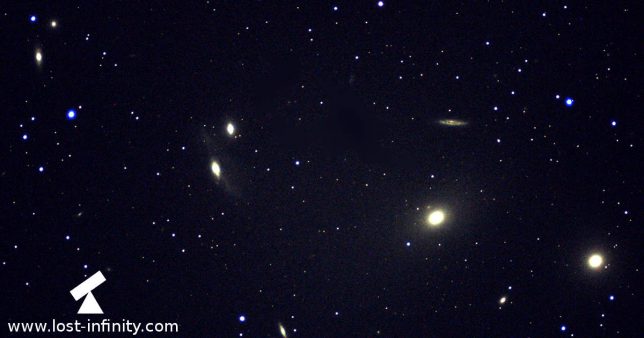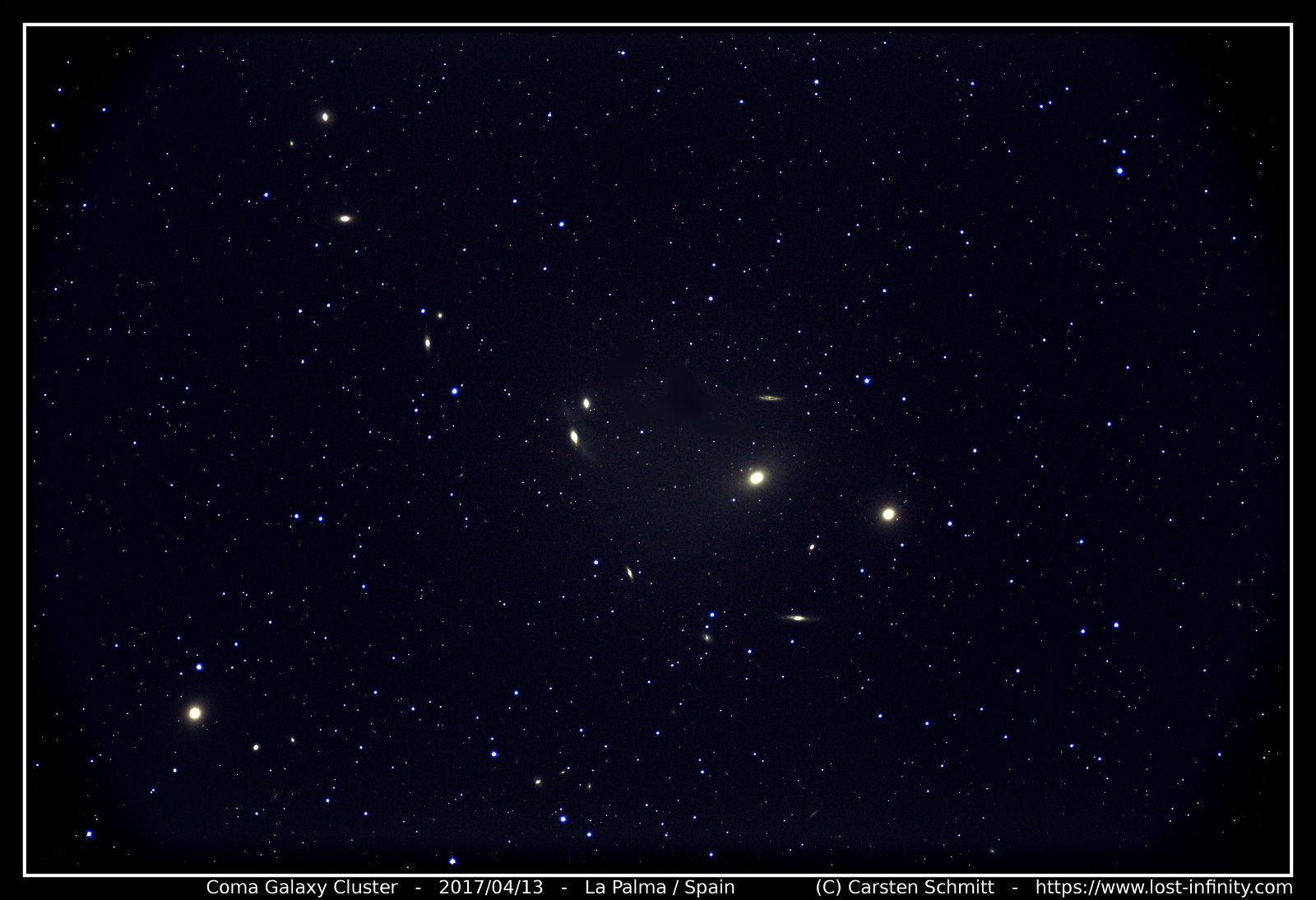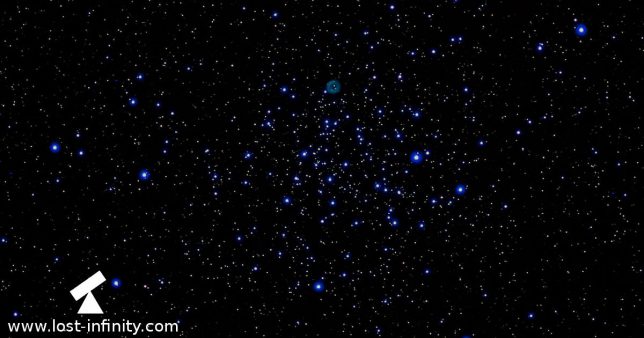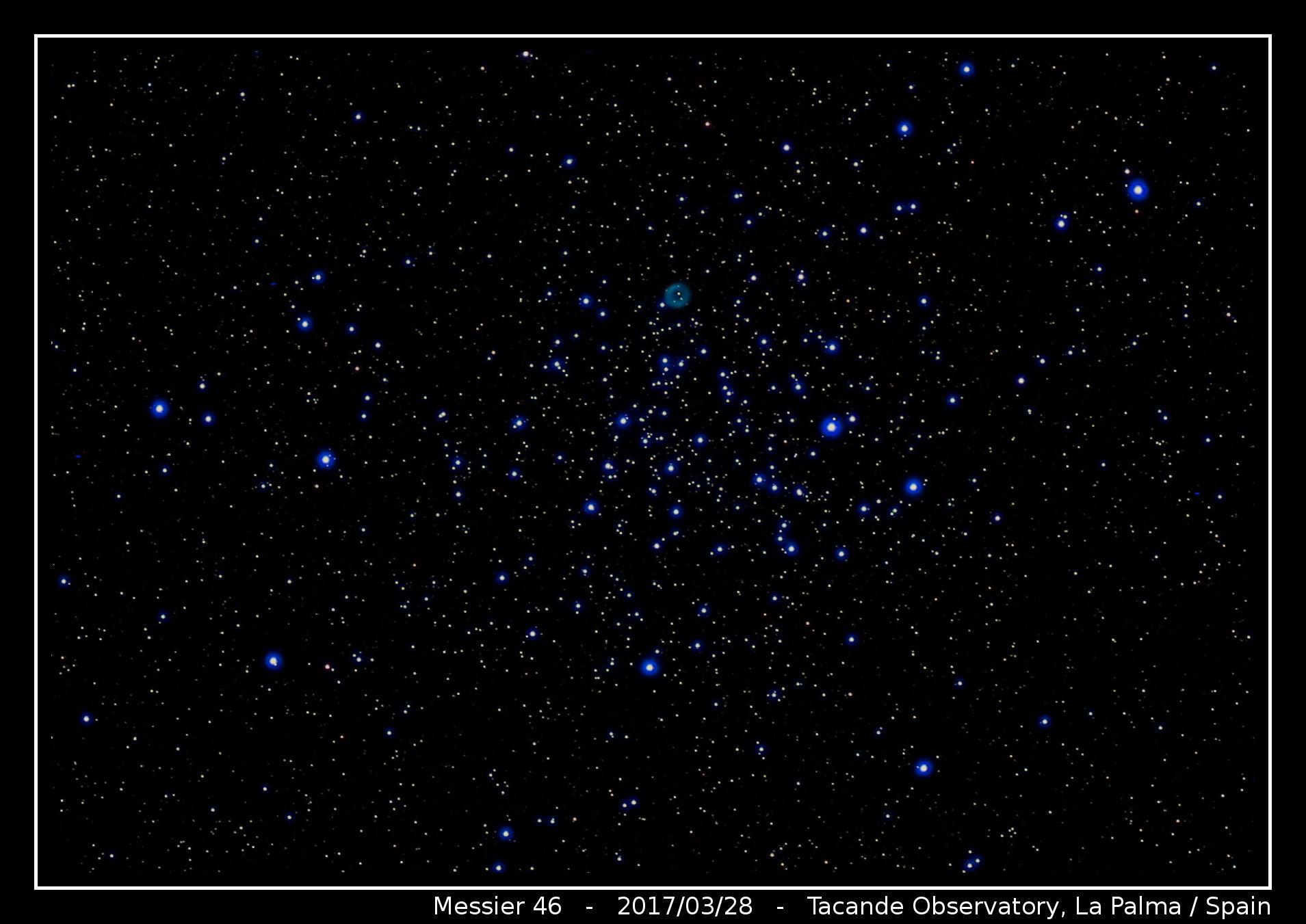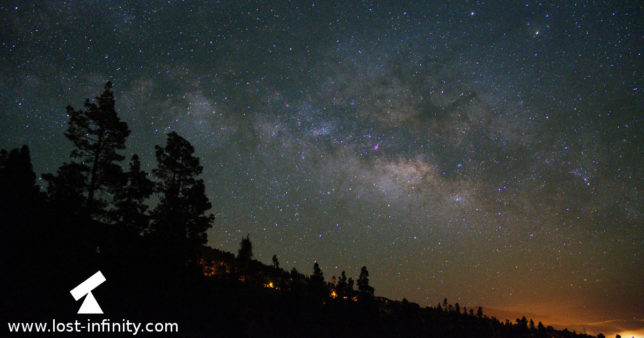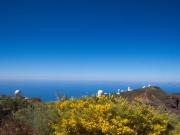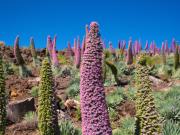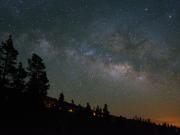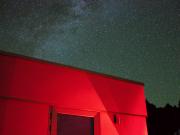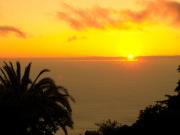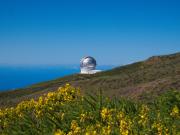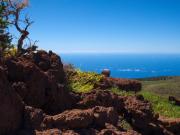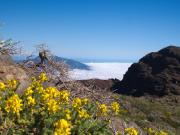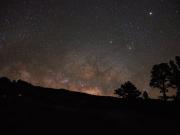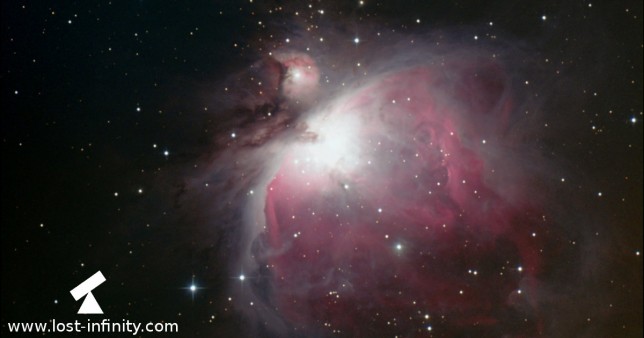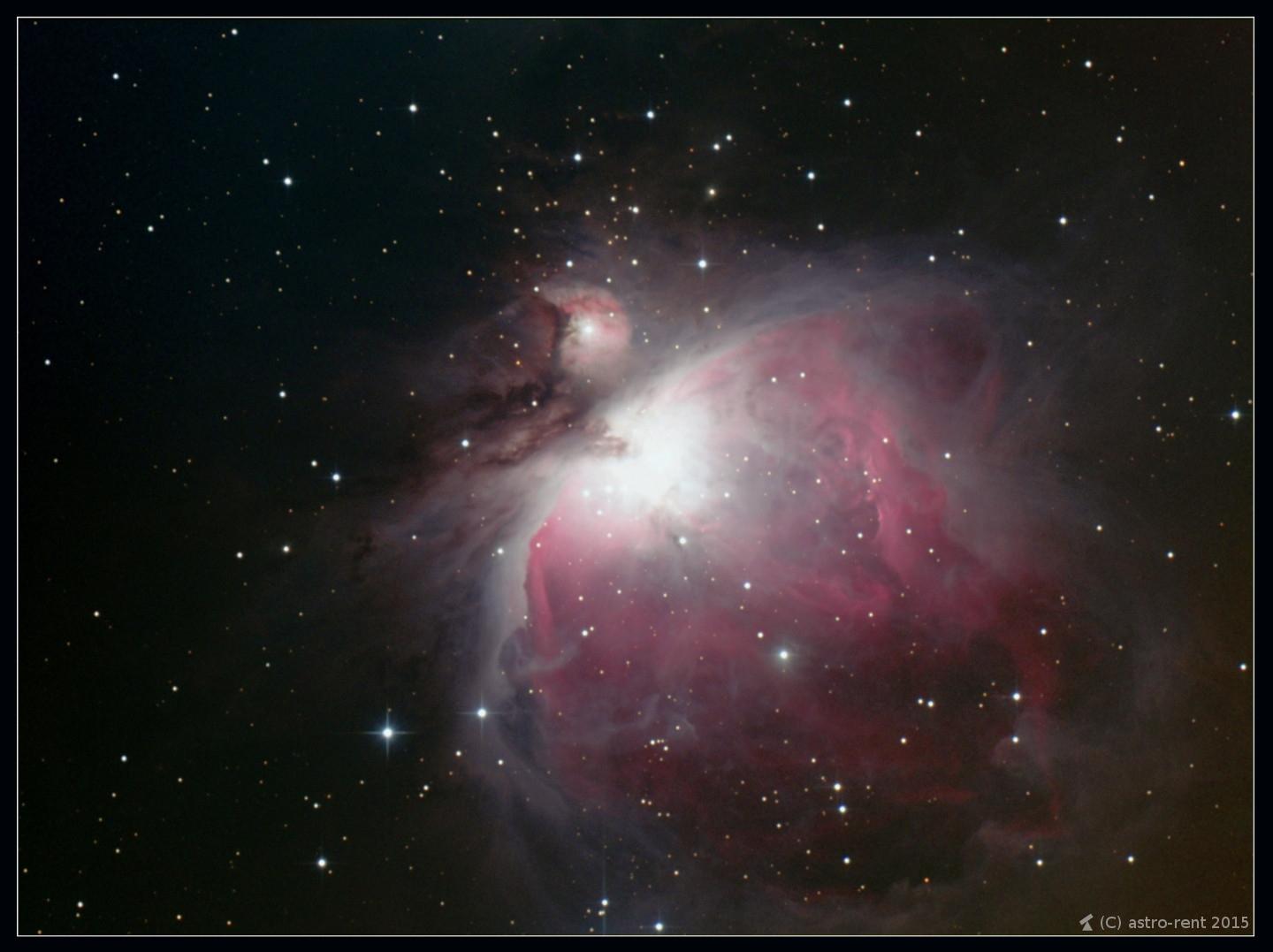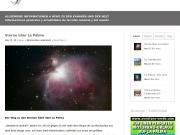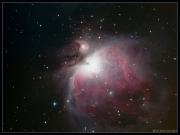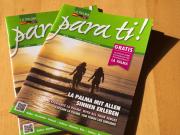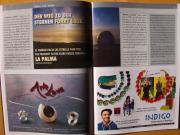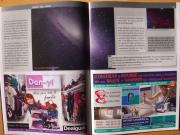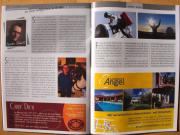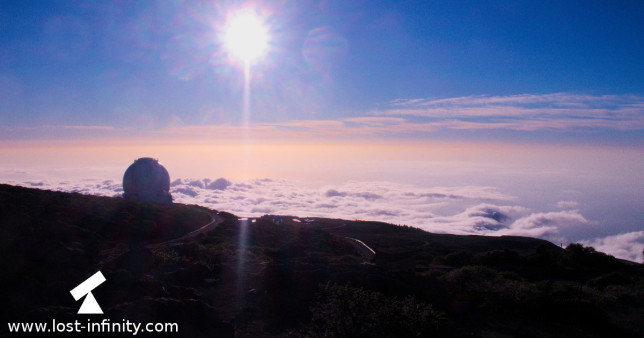 | Date | 2017/04/13 |
 | Location | La Palma / Spain |
 | Object | Coma galaxy cluster |
 | Camera | Modified Canon EOS6D |
 | Guiding | yes |
 | Telescope | R120S / 120mm |
 | Barlow lens | none |
 | Mount | EQ6Syntrek |
 | Cooling | - |
 | Luminance | 6x RGB frame / 240s |
 | Red | - |
 | Green | - |
 | Blue | - |
 | Dark | 5x |
 | Flat | - |
 | Total exposure | ~24m |
Tonight I again spent the night at the Tacande Observatory on La Palma. There we observed the Coma galaxy cluster. The result is this photo taken with a modified EOS6D camera.
For post-processing I used the free software DeepSkyStacker and GIMP. The full resolution images is available here.
Clear skies!





























